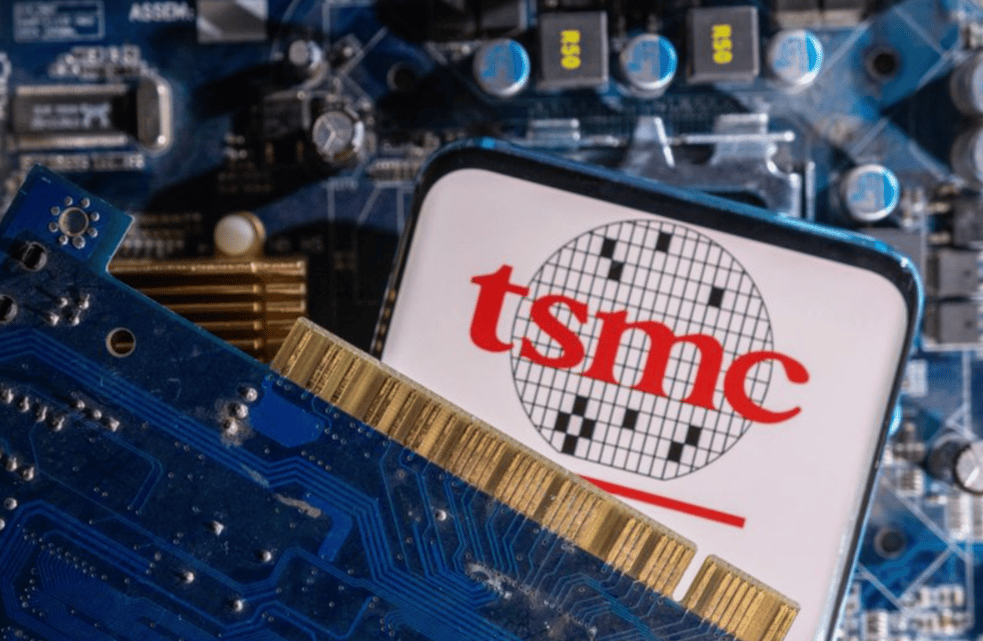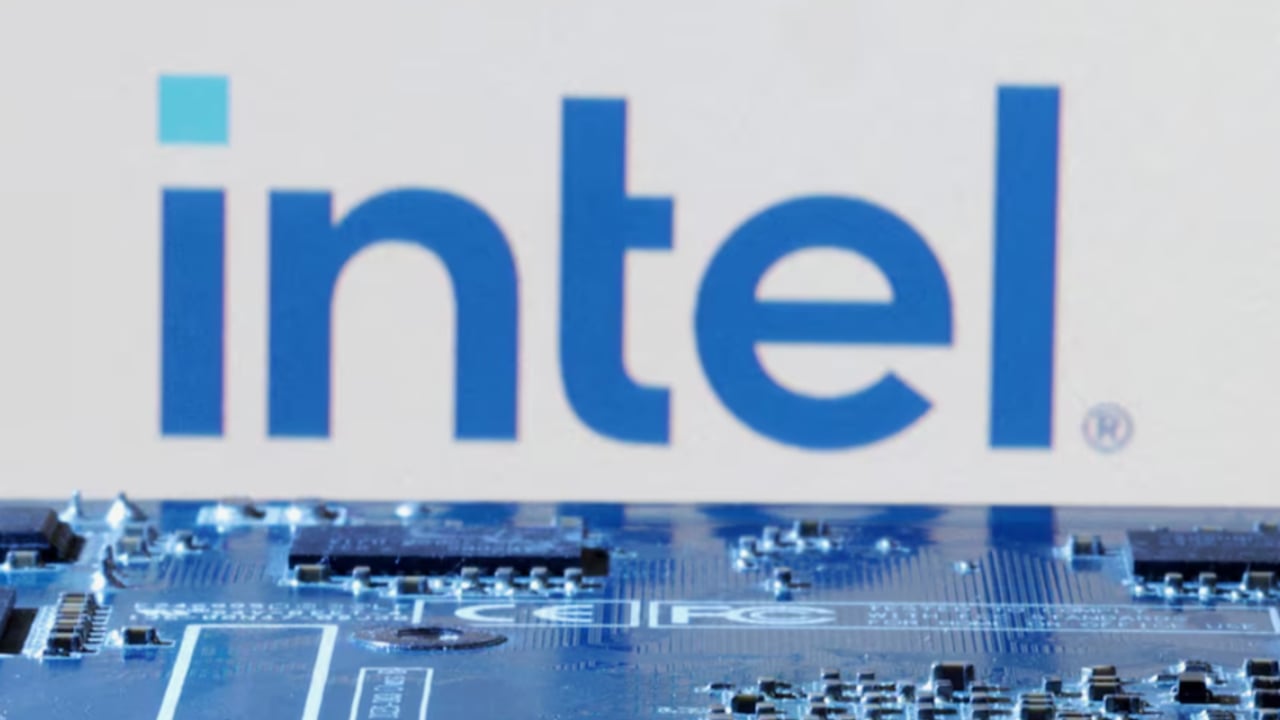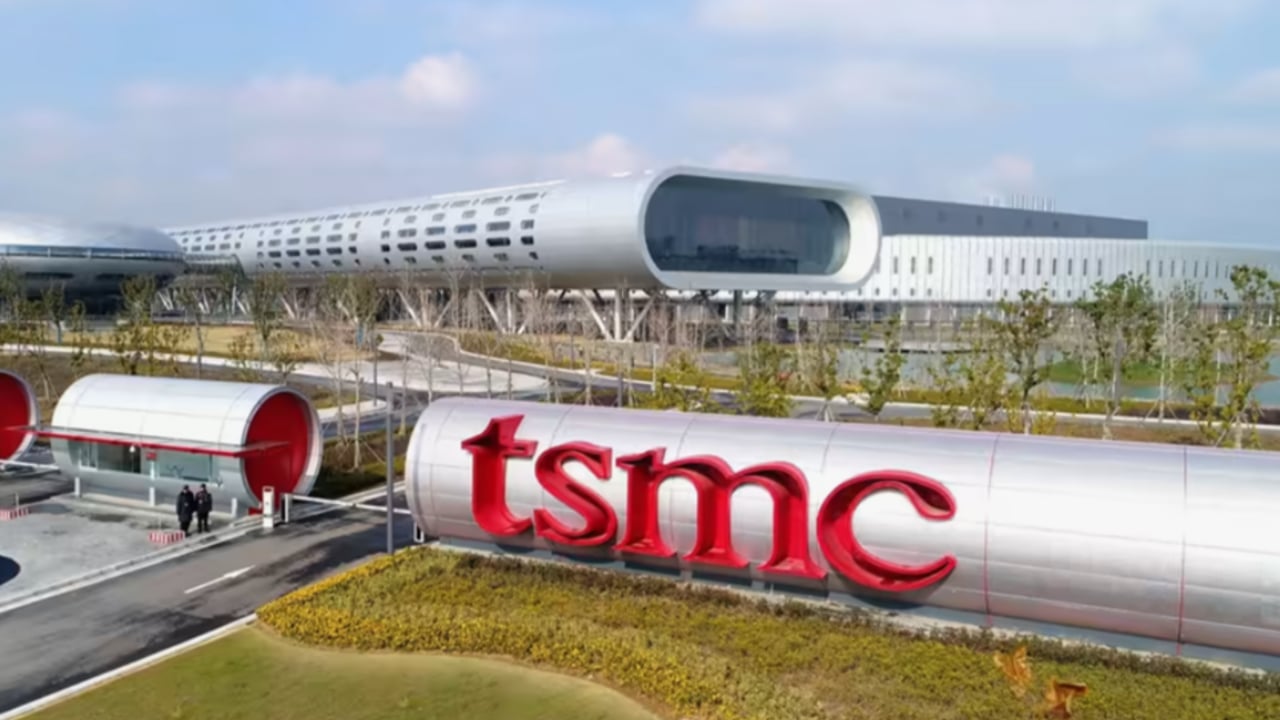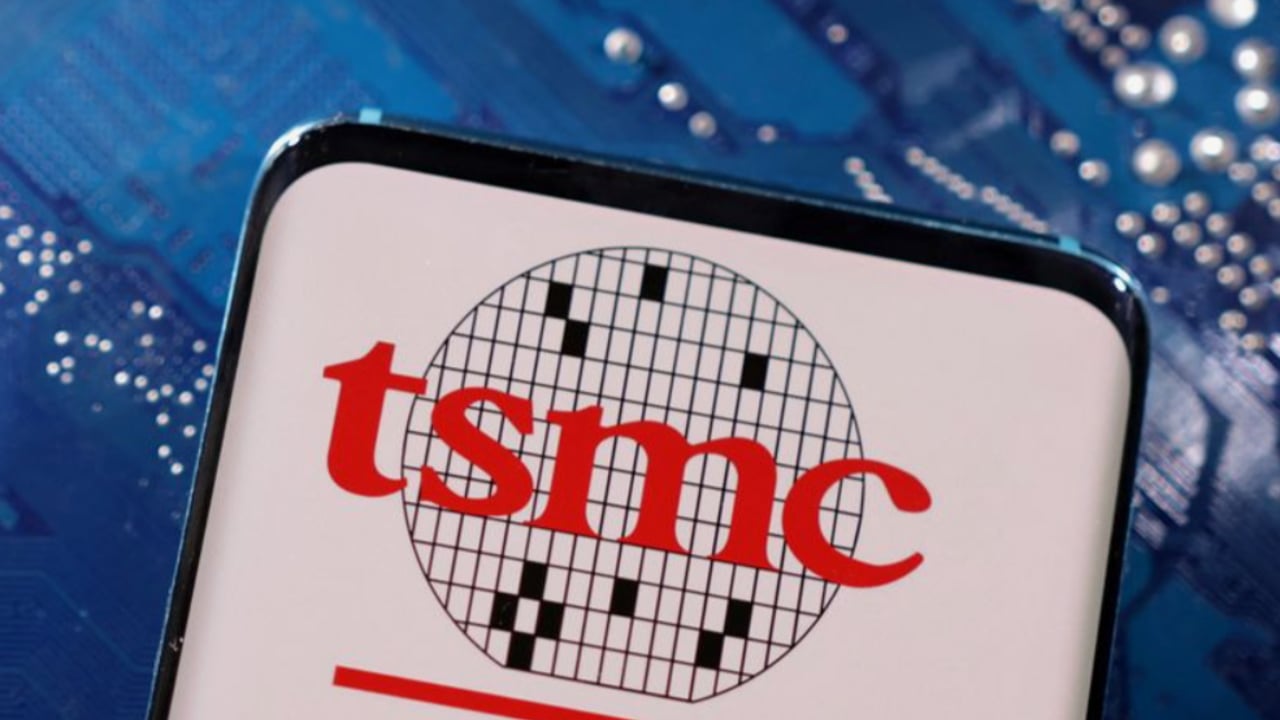In a dynamic global market where semiconductor production and advanced manufacturing define economic leadership, Intel and Taiwan Semiconductor Manufacturing Co have reached a preliminary agreement to form a new joint venture. This strategic initiative aims to consolidate the management of Intel’s American chip fabrication plants and reflects a significant turnaround in the operational strategies of these industry giants.
Driving Change in the Semiconductor Sector
According to recent reports by Information, increasing pressure from the White House and the US Department of Commerce was a key motivator in solidifying this deal. Earlier this year, Reuters disclosed that TSMC proposed the involvement of other tech leaders like Nvidia, Advanced Micro Devices, and Broadcom in a similar venture designed to stabilize Intel’s troubled production lines. The prolonged challenges facing American semiconductor manufacturing emphasized the need for fresh strategies and industry cooperation.
This alliance not only represents a pivotal move for Intel as it seeks to resolve longstanding production issues but also positions TSMC—the world’s leading contract chip manufacturer—to play a critical role by acquiring 20% of the new entity’s shares. Such a shift underscores TSMC’s readiness to extend its collaborative edge and integrate innovative practices with a US-based manufacturer.
Key Dynamics and Strategic Priorities
The joint venture embarks on multiple fronts that promise to redefine the semiconductor industry landscape. The following points capture the primary drivers of this collaborative effort:
1. Strengthening global market presence through consolidated production capabilities
2. Streamlining operations by blending management methodologies and technological expertise
3. Reducing reliance on conventional investor frameworks and enhancing financial resilience
4. Securing governmental support to ensure a stable production ecosystem
5. Laying the groundwork for sustainable innovation in the semiconductor field
By merging Intel’s technological prowess with TSMC’s production efficiency, the new venture is poised to boost competitiveness on a global scale. The involvement of government authorities further illustrates the critical role of public-private partnerships in modernizing the tech industry.
Promising Horizons of Technological Collaboration
The new venture is expected to resolve pressing operational challenges and spark a transformative shift in the sector. Consider these impactful changes on the horizon:
• Accelerated deployment of next-generation semiconductor technologies
• Enhanced operational efficiency through optimized manufacturing processes
• Broadening the product portfolio while maintaining high quality standards
• Strengthening international market positions through combined expertise and investments
• Revamping existing production facilities with state-of-the-art equipment
These directions demonstrate that the collaboration between Intel and TSMC could serve as a powerful catalyst for innovation. The joint efforts are anticipated to streamline modernization processes, mitigate production risks, and encourage long-term growth not only for both companies but also for the wider semiconductor industry.
Roadmap for Integration and Transformation
To ensure the successful implementation of this ambitious strategy, a clear action plan has been developed. This roadmap reflects the commitment of both corporations to transform challenges into growth opportunities:
1. Conducting a comprehensive analysis of Intel’s current plant operations to identify critical areas for improvement
2. Launching joint investment programs focused on modernizing manufacturing lines
3. Establishing robust financial governance to align the interests of all stakeholders
4. Integrating cutting-edge quality control and management practices
5. Maintaining ongoing dialogue with government authorities to secure continuous support
Such a systematic approach is designed to resolve existing obstacles while laying a solid foundation for enduring collaboration. The initiative is expected to be a significant milestone, setting a precedent for future partnerships across the chip production industry.
Strategic Benefits and Long-Term Outlook
This collaboration between Intel and TSMC is projected to yield substantial benefits, not only for the involved companies but also across the semiconductor landscape. Key advantages include:
- Enhanced financial stability through shared risk and investment
- Strengthened market leadership by leveraging advanced manufacturing technologies
- Increased agility in responding to global market shifts
- Broader international cooperation and expansion of strategic alliances
- Enhanced competitiveness through diversified production capabilities
In an era marked by intensifying global competition and evolving production challenges, the joint venture between Intel and TSMC represents a decisive step toward a more resilient and innovative semiconductor industry. This initiative signals a commitment to modernizing chip production standards and addressing structural challenges that affect the entire market.
The formation of this new enterprise reflects the broader trends of consolidation and technological integration, offering a promising pathway for both corporate growth and industry enhancement. As the project moves forward, the integration of cutting-edge technology with strategic governmental support will likely serve as a blueprint for future collaborations in the semiconductor realm.









Forward-thinking investment strategies are truly propelling capital growth to new heights.